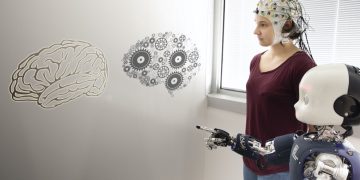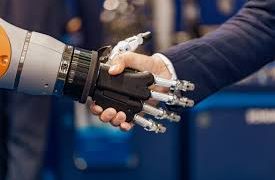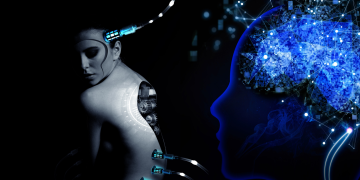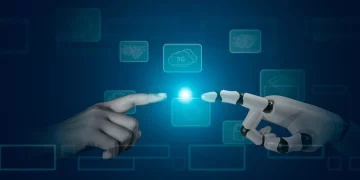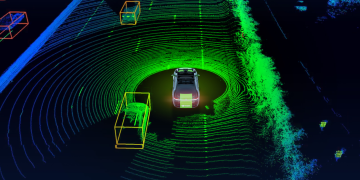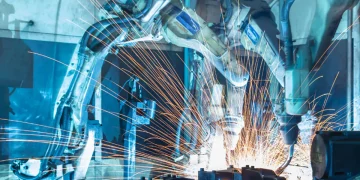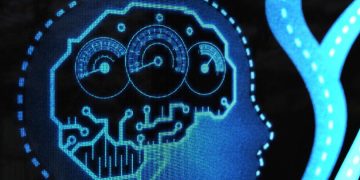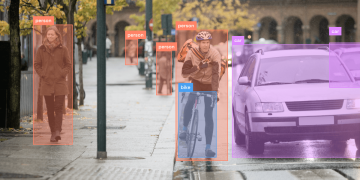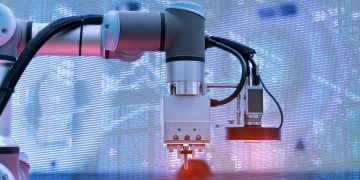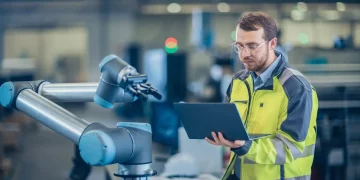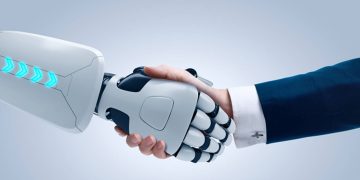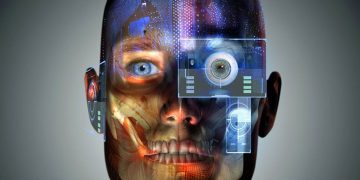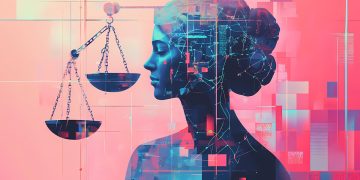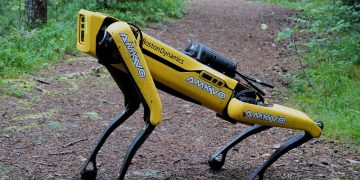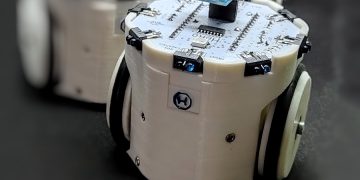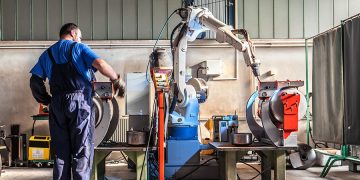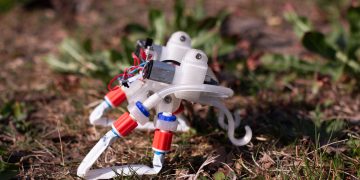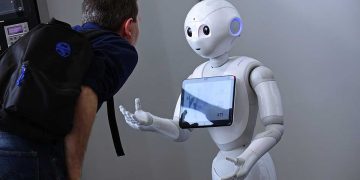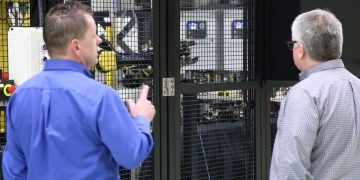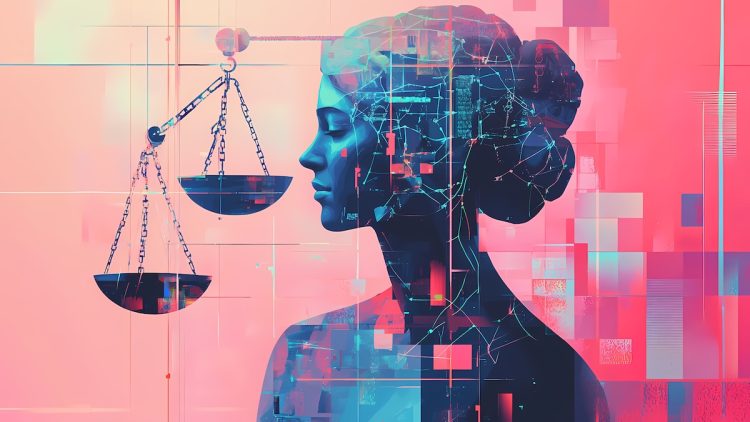Introduction
The rapid development of artificial intelligence (AI) and robotics is transforming industries, societies, and human life itself. From self-driving cars to automated medical diagnoses and decision-making algorithms, AI systems are making more decisions that directly impact individuals and communities. However, as these systems become more autonomous, the potential for ethical and moral risks increases.
AI’s decision-making processes, powered by complex algorithms, are often opaque, making it challenging for humans to understand and trust their outcomes. Ethical standards are not always embedded within AI systems, and decisions made by AI algorithms can have unintended consequences that affect individuals’ rights, safety, and well-being. The question arises: How can we ensure that AI’s decision-making aligns with ethical standards? And how can we avoid the moral risks associated with such technologies?
This article delves into the critical issue of aligning AI decision-making with ethical standards, exploring the moral risks, challenges, and potential solutions to mitigate those risks. By examining the ethical dilemmas faced by AI systems, the responsibility of developers, the role of regulations, and the need for a transparent decision-making process, this article aims to provide insights into creating ethically sound AI technologies.
1. The Rise of AI Decision-Making Systems
Artificial intelligence systems are now involved in a range of decision-making tasks traditionally carried out by humans. AI’s ability to process large amounts of data quickly and accurately has made it indispensable in many sectors, including healthcare, finance, criminal justice, transportation, and beyond. Some examples of AI applications in decision-making include:
- Healthcare: AI-driven diagnostic tools help doctors detect diseases such as cancer or predict patient outcomes. AI algorithms are also used to personalize treatment plans based on a patient’s medical history and genetic data.
- Criminal Justice: Predictive algorithms assess the likelihood of a defendant reoffending, influencing sentencing or parole decisions. These systems are being used to recommend decisions in the judicial process, from bail to parole.
- Finance: AI determines credit scores, assesses loan risks, and even automates trading strategies on financial markets.
- Autonomous Vehicles: Self-driving cars use AI to make real-time decisions, such as when to stop at a red light or how to avoid obstacles. These decisions can directly affect the safety of passengers and pedestrians.
While these applications have the potential to improve efficiency, accuracy, and scalability, they also raise significant ethical concerns. The increasing autonomy of AI systems means that ethical guidelines must be carefully designed and enforced to ensure that decisions are aligned with societal values and moral standards.
2. The Ethical Challenges of AI Decision-Making
AI systems face several challenges when it comes to making ethically sound decisions. These challenges arise from the nature of AI, the complexity of ethical frameworks, and the limitations of current technology. Key ethical concerns include:
a. Transparency and Accountability
One of the fundamental issues with AI decision-making is the lack of transparency in the algorithms. Many AI systems, particularly those based on deep learning, operate as “black boxes,” where the reasoning behind a decision is not easily understood by humans. This lack of explainability complicates the process of holding AI systems accountable for their actions.
- Problem: When an AI system makes a decision that causes harm or unfair treatment (e.g., bias in hiring, unfair sentencing in criminal justice), it becomes difficult to determine who is responsible: the developer, the organization, or the AI itself?
- Solution: To address this, AI systems must be designed with explainability in mind. Developers need to build algorithms that can not only make decisions but also provide a clear rationale for those decisions in a way that can be understood by both humans and regulators.
b. Bias and Discrimination
AI systems are trained on large datasets that are often reflective of historical patterns and biases in society. If the training data includes biased or discriminatory information, the AI system may replicate these biases in its decision-making, resulting in unfair treatment of individuals based on race, gender, age, or other protected characteristics.
- Problem: For example, in the criminal justice system, predictive algorithms have been shown to disproportionately target minority groups, leading to unfair sentencing or parole decisions.
- Solution: It is essential to audit AI systems regularly for biases and to use diverse datasets during training. Developers should also implement fairness algorithms to detect and correct biased decision-making processes. Additionally, human oversight can act as a check on AI decisions to ensure that they align with ethical standards.
c. Privacy and Security Risks
AI decision-making systems often require vast amounts of personal data to function effectively. The collection, storage, and use of this data can raise significant privacy concerns. In areas like healthcare or finance, where sensitive information is used to inform decisions, data breaches or misuse can lead to serious consequences.
- Problem: AI systems can inadvertently expose private information, leading to violations of individual privacy. Furthermore, poorly secured systems are susceptible to cyberattacks, which could result in data theft or malicious use of AI for harmful purposes.
- Solution: To protect privacy, AI systems should be developed with data protection protocols in place. Anonymization techniques should be used to ensure that personal data cannot be traced back to individuals. Additionally, cybersecurity measures must be incorporated into AI systems to prevent unauthorized access to sensitive information.
d. Autonomy and Moral Agency
As AI systems become more autonomous, the question of moral responsibility arises. For instance, if an autonomous vehicle causes an accident, who is liable for the consequences? The manufacturer, the software developer, or the person who owns the vehicle?
- Problem: The increasing autonomy of AI raises issues about moral agency. When AI makes decisions that result in harm, can it be held accountable, or is the responsibility shared among humans who designed or deployed the system?
- Solution: One possible solution is the development of ethical frameworks that outline how autonomous systems should make decisions in morally complex situations. For example, self-driving cars could be programmed to make ethical decisions based on principles of utilitarianism or deontological ethics. Moreover, the accountability for AI’s actions must be clearly defined by law, ensuring that human stakeholders are held responsible for AI-induced harm.
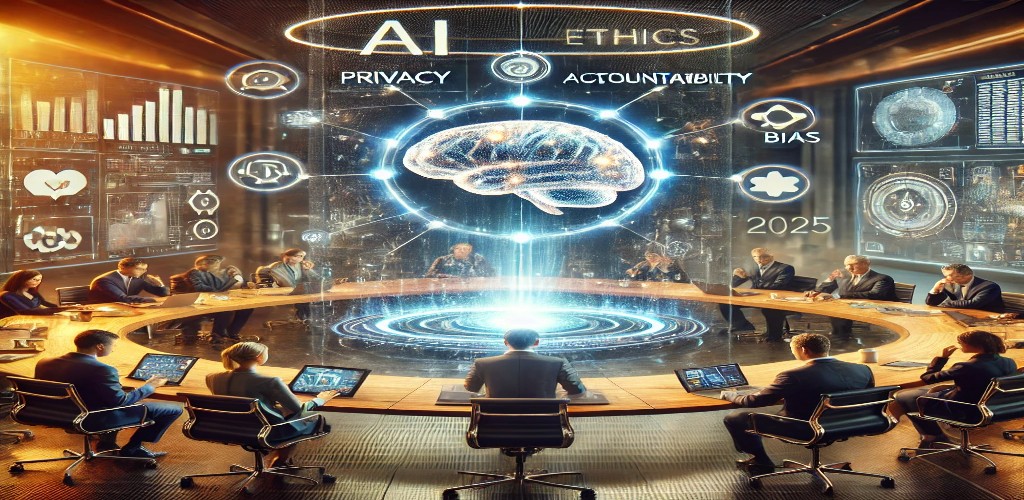
3. Guidelines for Ensuring Ethical AI Decision-Making
To avoid the potential moral risks of AI, ethical standards must be embedded into the development and deployment of these systems. Below are key guidelines to ensure AI decision-making is aligned with ethical principles:
a. Ethical AI Design Principles
Developers must embed ethical principles into the design process of AI systems. These principles should include:
- Fairness: Ensuring that AI systems treat all individuals equitably and do not discriminate based on protected characteristics.
- Transparency: Making the decision-making process of AI systems understandable and explainable to human users.
- Accountability: Establishing clear lines of accountability for AI’s actions, particularly when harm occurs.
- Privacy Protection: Safeguarding personal data by using encryption, anonymization, and minimizing data collection.
b. Human-in-the-Loop Systems
To mitigate the risks of fully autonomous decision-making, developers can design human-in-the-loop (HITL) systems. These systems involve human oversight in critical decision-making processes, ensuring that AI does not operate in isolation. HITL systems allow human operators to intervene when necessary, particularly in ethically complex situations.
c. Regular Auditing and Testing
AI systems should undergo continuous auditing to ensure that they are operating fairly, transparently, and securely. Regular testing can identify potential biases, algorithmic flaws, or vulnerabilities in the system, allowing developers to make necessary adjustments. Third-party audits can also provide an independent assessment of AI’s ethical compliance.
d. Collaborative Ethical Frameworks
Ethical standards for AI should not be developed in isolation. Governments, academia, industry experts, and civil society must collaborate to create global ethical frameworks for AI decision-making. These frameworks should be flexible enough to adapt to emerging technologies while maintaining fundamental ethical principles.
4. Regulatory and Legal Solutions
Governments and international organizations must play a pivotal role in regulating AI technology. Legislation is necessary to ensure that AI systems are developed and used responsibly. Key regulatory steps include:
a. AI Ethics Committees and Oversight Bodies
Governments should establish ethics committees to oversee the deployment of AI in critical sectors such as healthcare, criminal justice, and finance. These committees can review AI systems before they are deployed to ensure they meet ethical standards and protect public welfare.
b. Legal Frameworks for AI Liability
Clear legal frameworks are necessary to assign liability in cases where AI systems cause harm. Laws should define who is responsible for the actions of autonomous systems, ensuring that individuals, companies, or governments are held accountable.
Conclusion
The proliferation of AI technologies offers significant potential benefits, but also brings a host of ethical and moral challenges. To ensure that AI systems align with ethical standards and avoid potential risks, developers, regulators, and society must work together to create responsible and transparent decision-making frameworks. Ethical AI design, human oversight, regulatory measures, and international collaboration are key to preventing harm and ensuring that AI serves the greater good.
By addressing the ethical concerns surrounding AI, we can pave the way for a future where AI systems are not only innovative and efficient but also fair, transparent, and morally responsible.


